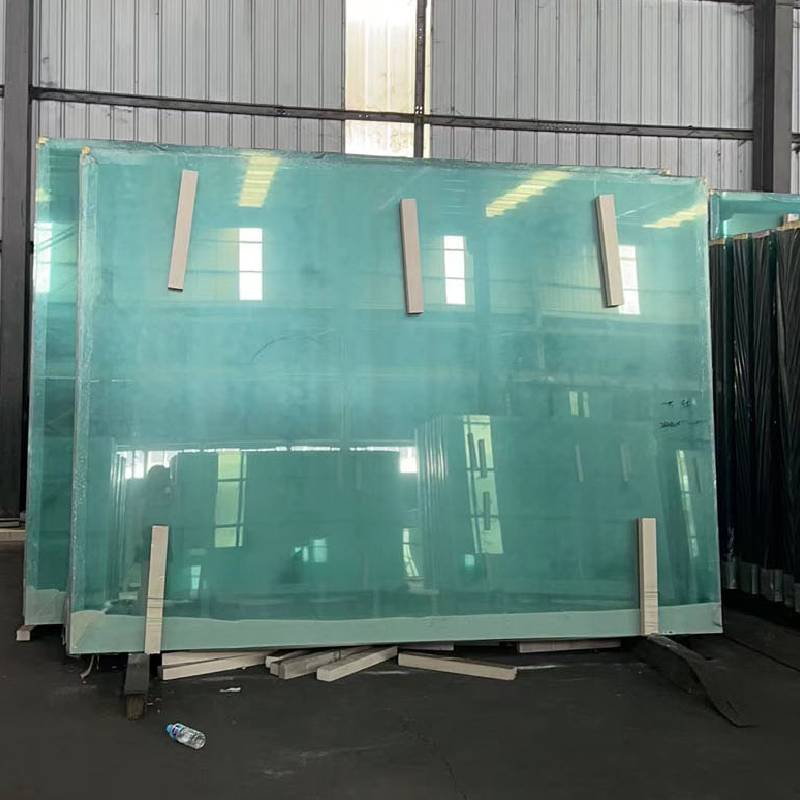Understanding Clear Glass Types A Comprehensive Guide
Clear glass is a versatile material used in countless applications, from household items to architectural structures. Its transparency and ability to be molded into various shapes make it a preferred choice in many industries. This article explores the types of clear glass, their characteristics, and their common applications.
1. Float Glass
Float glass is the most common type of clear glass used in windows and glass doors. The manufacturing process involves floating molten glass on top of molten tin, creating a smooth and even surface. This type of glass is known for its optical clarity and is generally low in distortion. Float glass can be manufactured in large sheets and is available in various thicknesses, making it suitable for a wide range of applications.
Applications
- Windows and storefronts
- Architectural facades
- Mirrors
2. Tempered Glass
Tempered glass, also known as toughened glass, is made by heating float glass to high temperatures and then cooling it rapidly. This process increases its strength and durability, making it five to six times stronger than standard glass of the same thickness. Additionally, tempered glass is shatter-resistant, meaning that if it does break, it crumbles into small, blunt pieces rather than sharp shards.
Applications
- Shower doors
- Glass tables
- Balustrades
3. Laminated Glass
Laminated glass consists of two or more layers of glass bonded together with an interlayer, usually made from polyvinyl butyral (PVB). This interlayer not only provides reinforcement but also offers safety features, as it holds the glass together if broken. Laminated glass also provides sound insulation and ultraviolet (UV) protection, making it an excellent choice for places exposed to sunlight.
Applications
- Skylights
- Windshields in automobiles
- Acoustic partitions
clear glass types
4. Acrylic Glass (Plexiglass)
While not technically glass, acrylic glass, commonly known as Plexiglass or Lucite, is a clear thermoplastic that has similar optical properties to glass. It is lighter and more impact-resistant than glass, making it a popular alternative in situations where weight and breakage are concerns. Acrylic can be easily molded and shaped, providing versatility for various needs.
Applications
- Display cases
- Aquariums
- Signs
5. Borosilicate Glass
Borosilicate glass is known for its excellent thermal resistance, making it ideal for laboratory and cooking applications. It contains silica and boron trioxide, which allows it to withstand temperature fluctuations without cracking. While not as common in everyday applications, borosilicate glass is valued in specialized fields.
Applications
- Laboratory glassware
- Cookware (e.g., Pyrex)
- Optical instruments
6. Low-Iron Glass
Low-iron glass is a type of float glass that has been treated to reduce the iron content, resulting in enhanced clarity and transparency. This glass appears virtually colorless and is often used in applications where aesthetics and light transmission are critical. It is favored in modern architecture and high-end displays.
Applications
- High-end windows
- Glass railings
- Retail displays
Conclusion
Clear glass comes in various types, each with unique properties and applications. From the ubiquitous float glass to the innovative low-iron varieties, understanding the different types ensures that the right choice is made for specific needs. As technology progresses, the development of clear glass continues to evolve, paving the way for new uses and improved versions that meet the demands of modern life. Whether for practical purposes or aesthetic appeal, clear glass remains an essential material in our everyday environment.
 Afrikaans
Afrikaans  Albanian
Albanian  Amharic
Amharic  Arabic
Arabic  Armenian
Armenian  Azerbaijani
Azerbaijani  Basque
Basque  Belarusian
Belarusian  Bengali
Bengali  Bosnian
Bosnian  Bulgarian
Bulgarian  Catalan
Catalan  Cebuano
Cebuano  Corsican
Corsican  Croatian
Croatian  Czech
Czech  Danish
Danish  Dutch
Dutch  English
English  Esperanto
Esperanto  Estonian
Estonian  Finnish
Finnish  French
French  Frisian
Frisian  Galician
Galician  Georgian
Georgian  German
German  Greek
Greek  Gujarati
Gujarati  Haitian Creole
Haitian Creole  hausa
hausa  hawaiian
hawaiian  Hebrew
Hebrew  Hindi
Hindi  Miao
Miao  Hungarian
Hungarian  Icelandic
Icelandic  igbo
igbo  Indonesian
Indonesian  irish
irish  Italian
Italian  Japanese
Japanese  Javanese
Javanese  Kannada
Kannada  kazakh
kazakh  Khmer
Khmer  Rwandese
Rwandese  Korean
Korean  Kurdish
Kurdish  Kyrgyz
Kyrgyz  Lao
Lao  Latin
Latin  Latvian
Latvian  Lithuanian
Lithuanian  Luxembourgish
Luxembourgish  Macedonian
Macedonian  Malgashi
Malgashi  Malay
Malay  Malayalam
Malayalam  Maltese
Maltese  Maori
Maori  Marathi
Marathi  Mongolian
Mongolian  Myanmar
Myanmar  Nepali
Nepali  Norwegian
Norwegian  Norwegian
Norwegian  Occitan
Occitan  Pashto
Pashto  Persian
Persian  Polish
Polish  Portuguese
Portuguese  Punjabi
Punjabi  Romanian
Romanian  Russian
Russian  Samoan
Samoan  Scottish Gaelic
Scottish Gaelic  Serbian
Serbian  Sesotho
Sesotho  Shona
Shona  Sindhi
Sindhi  Sinhala
Sinhala  Slovak
Slovak  Slovenian
Slovenian  Somali
Somali  Spanish
Spanish  Sundanese
Sundanese  Swahili
Swahili  Swedish
Swedish  Tagalog
Tagalog  Tajik
Tajik  Tamil
Tamil  Tatar
Tatar  Telugu
Telugu  Thai
Thai  Turkish
Turkish  Turkmen
Turkmen  Ukrainian
Ukrainian  Urdu
Urdu  Uighur
Uighur  Uzbek
Uzbek  Vietnamese
Vietnamese  Welsh
Welsh  Bantu
Bantu  Yiddish
Yiddish  Yoruba
Yoruba  Zulu
Zulu 

